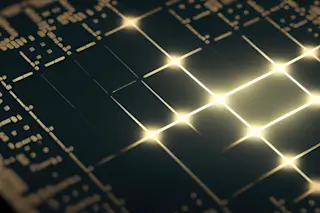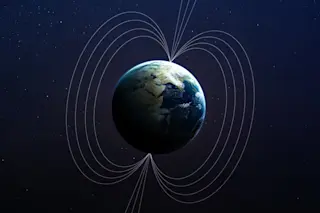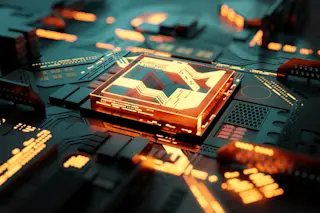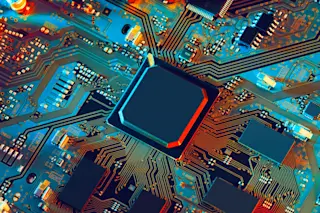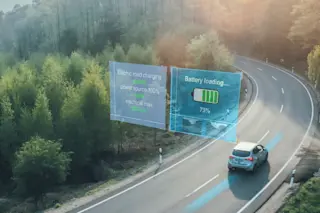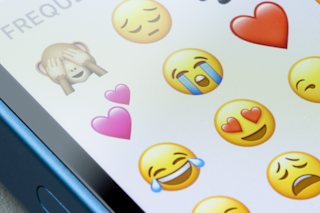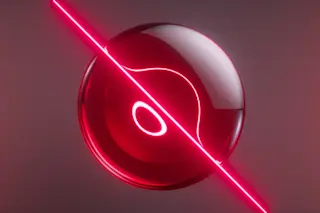Metamaterials could improve wireless power transfer, letting us one day charge our devices without the hassle of cords and wires, says a study published last week in Physical Review B. While wireless power transfer already works to for tiny amounts of energy, metamaterials could theoretically be used to safely and efficiently boost the technique to handle more power, such as microwaves and lasers. How the Heck:
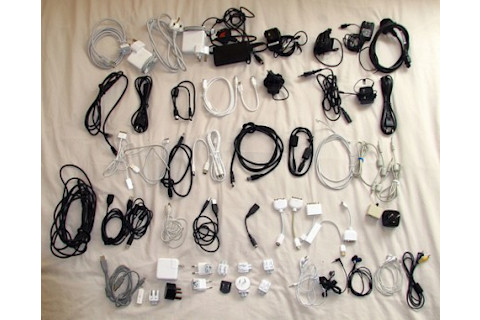
What's the News:
Using current techniques, the amount of energy needed to charge personal electronics could, if transmitted wirelessly, burn up whatever's in its way---up to and including the device it's supposed to charge. What's more, energy tends to dissipate through open space, making this sort of power transfer extremely inefficient.
But the researchers calculated that certain metamaterials---specifically, ones with effectively negative index of refraction---could transmit the needed power without frying anything. The metamaterials could be used to make a superlens that would stand between the power source and the device, essentially focusing the energy so it doesn't scatter.
According to their analyses, a hypothetical metamaterial array composed of thin copper-fiberglass loops, and resembling a set of Venetian blinds, could do the trick.
What's the Context:
Wireless power transfer is already in use at smaller scales with RFID chips, which send low-energy radio waves between, for instance, a scanner and a credit card.
Earlier research has found metamaterials could also be used for invisibility cloaks, sonar shields, super hi-res microscopes, and even biomonitors.
Not So Fast:
Since the study was purely theoretical, scientists will still have to build and test out these metamaterial lenses to know they really work.
Even if it works, this technique doesn't mean you could have a universal charger. Every phone or tablet or what have you would still need its own, the researchers say, since the lens would be specifically designed to work with that particular device.
Reference: Yaroslav Urzhumov and David R. Smith. "Metamaterial-enhanced coupling between magnetic dipoles for efficient wireless power transfer." Physical Review B, May 18, 2011. DOI: 10.1103/PhysRevB.83.205114
Image: Flickr / C. G. P. Grey


